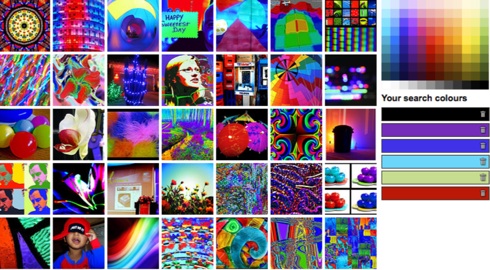
Using ARSights it's possible to see the 3d models of buildings from Google Earth on your webcam images, added to the normal image. You do have to install the Google Earth API on your Windows computer first. Then you install the ARSights application and print the marker. If you then hold the marker in front of the camera you'll automatically see the models appear (demo)
Future vision by Erwin van Lun
It won’t be long before we see the 3d models immediately. We won’t need to install anything; we’ll just be walking down the street with our mobile phones and the environment will be recognized. From famous buildings, but increasingly also of less famous buildings and then also of regular houses that are for sale and of which the owner is sharing the models. This is how the world is becoming (almost literally) transparent.




